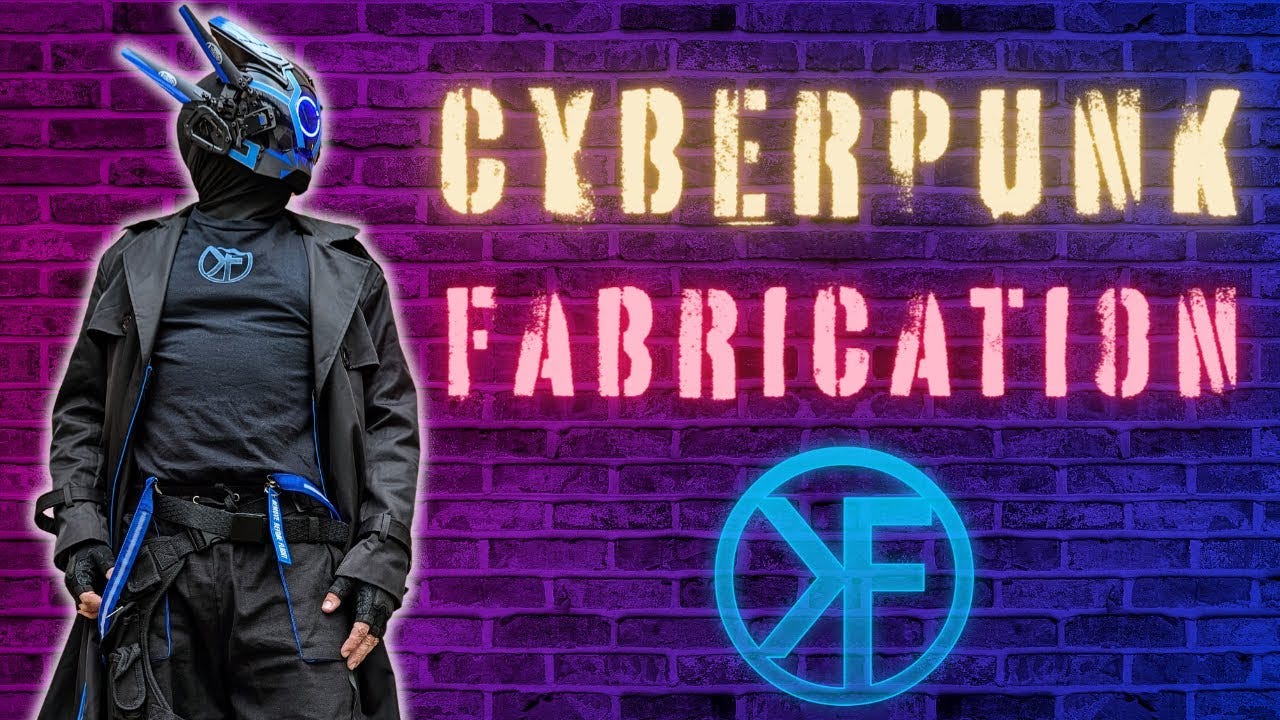This excellent piece written by
illustrates the problem with cyberpunk. Or rather the impact cyberpunk has on some readers.I remember the intoxicating, dazzling effect Johnny Mnemonic and Neuromancer had on me when I first read them.
I wanted to live in the world of Neuromancer when I first came across it as a teenager. The cynicism, self interest and hostility of that world was very appealing to a young man who loved hardboiled/pulp fiction. Neuromancer is the same thing as those genres with a science fiction overlay. The technoglitz of that world was as blindingly cool as ice blue neon reflected on mirrorshades.
Looking back at this world as an adult, I see how lonely and alienating this world is.
In this world you can be part of a “family” but it requires the eradication of your individuality to look like what the family looks like. (The Panther Moderns, for example.)
Neuromancer is a book I made a point of reading once a year for a number of years, gradually decoding the dense and psychedelic language Gibson had used in writing the novel. It’s a little unsettling how our present is beginning to look more and more like the future in that novel.
And that is the power of the book. The tech has the sleekness and appeal of Apple products. The dense language and breathless pacing give the novel a sense of rising excitement. The tech and storytelling combined have an exotic feel on a reader.
And those are the superficial aspects of cyberpunk that fanboys have brought into AI art generation, while conveniently ignoring the dystopic, paranoid, and aggressively Darwinian aspects of Night City. As Gary Yong points out in his article, cyberpunk AI art is carefully prompted and curated to display only the video game aesthetics that make it cool and marketable to cosplayers.
From this place of looking back at myself, as a young man hypnotized by the sense of danger and opportunity in Neuromancer, I understand Case’s anger and frustration through the book’s run. I see his ecstasy from the bodyless feeling of moving through cyberspace. In that non-physical plane he is above the needs of the flesh. Creating human connections is complicated in Neuromancer. Even dangerous. It’s understandable that losing the ability to project his consciousness into cyberspace sends him into a hustler overdrive, and he nearly succeeds in offing himself.
But this is something cyberpunk fanboys don’t want to study because it undercuts in the production design of their AI-designed larping.
To them AI cyberpunk art is an extension of their leather jackets and mirroshades.
Another accessory to look good in while raging about the shape the world is in.
While doing nothing about it.
Happy New Years!



Thank you for mentioning and engaging with my article Jay, and taking the themes and running with them! From cyberpunk avatars to authentic evolution, this resonates deeply with my next piece on the poetics of solitude. Because before we can upgrade our external character stats, we need to navigate that quiet space where true transformation happens. This is a great discussion to kick off the start of the year!
I've always been drawn to dystopian cyberpunk novels for the aesthetic. My faves are PKD, George Alec Effinger, Charles Stross, Greg Egan, and William Gibson. But living through the heavy-handed Covid-19 debacle has made me appreciate it from a distance.